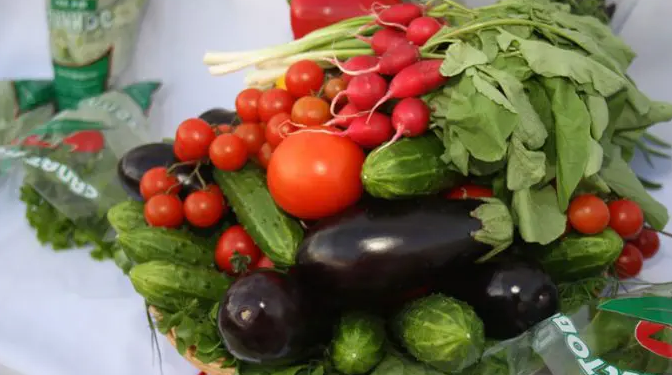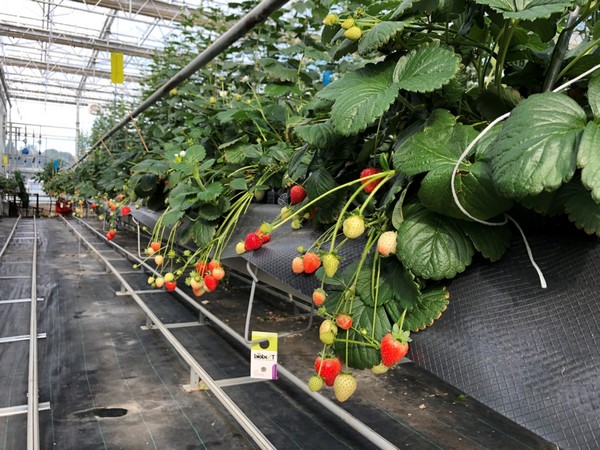For the second time this year, the greenhouse industry of Mordovia received the highest praise from the federal Ministry of Agriculture. The region’s achievements in greenhouse vegetable growing brought it into the top ten leading regions along with Lipetsk, Moscow, Volgograd, Kaluga, Tambov, Tyumen, Belgorod, Stavropol and Krasnodar territories.
The impressive harvest of vegetables and greens in Mordovia since the beginning of 2024 – 258.7 thousand tons, which is 2.3% more than in the same period last year – the greenhouse sector of Mordovia sets new benchmarks in the industry. This growth is due to significant government support and regional initiatives.
Production of greenhouse vegetables is rapidly growing in Mordovia
In the dynamic landscape of Russian agriculture, greenhouse farming stands out as a rapidly growing segment. Since the beginning of 2024, the greenhouse sector has produced 258.7 thousand tons of vegetables and herbs, which is 2.3% more than during the same period in 2023, when 252.7 thousand tons were produced. This growth highlights the sector’s resilience and ability to innovate.
Government support: a key factor
The success of the greenhouse sector in Mordovia is largely due to a number of comprehensive government support measures. Federal initiatives have played a critical role by offering financial assistance, subsidies, and technical assistance to greenhouse businesses. These measures are part of a broader federal project aimed at developing vegetable and potato growing throughout the country.
In addition, regional governments have complemented these efforts with localized support programs. These initiatives include subsidizing energy costs, investing in advanced greenhouse technologies, and training programs for farm workers. The result is a robust support system that not only promotes growth, but also ensures sustainability and innovation within the sector.
Technological innovation and sustainable practices
Mordovia’s greenhouses also use advanced technology and sustainable practices, contributing to their impressive productivity. The introduction of modern hydroponic systems, energy-efficient climate control technologies, and integrated pest management strategies has played an important role.
Hydroponics, in particular, allows for higher yields with less water, which is an important factor in sustainability. Moreover, energy-efficient systems reduce operating costs and environmental impact, making greenhouse farming more cost-effective and environmentally friendly.
Regional leaders in greenhouse farming
Recognition of the greenhouse sector of Mordovia by the Federal Ministry of Agriculture puts it in line with other leading regions, such as Lipetsk, Moscow and Krasnodar. These regions have collectively set high standards for greenhouse vegetable production in Russia, demonstrating the potential of conservation agriculture to achieve national food security goals.










